Dynamic Foxp3-chromatin interaction controls tunable Treg cell function
- PMID: 38935023
- PMCID: PMC11211070
- DOI: 10.1084/jem.20232068
Dynamic Foxp3-chromatin interaction controls tunable Treg cell function
Abstract
Nuclear factor Foxp3 determines regulatory T (Treg) cell fate and function via mechanisms that remain unclear. Here, we investigate the nature of Foxp3-mediated gene regulation in suppressing autoimmunity and antitumor immune response. Contrasting with previous models, we find that Foxp3-chromatin binding is regulated by Treg activation states, tumor microenvironment, and antigen and cytokine stimulations. Proteomics studies uncover dynamic proteins within Foxp3 proximity upon TCR or IL-2 receptor signaling in vitro, reflecting intricate interactions among Foxp3, signal transducers, and chromatin. Pharmacological inhibition and genetic knockdown experiments indicate that NFAT and AP-1 protein Batf are required for enhanced Foxp3-chromatin binding in activated Treg cells and tumor-infiltrating Treg cells to modulate target gene expression. Furthermore, mutations at the Foxp3 DNA-binding domain destabilize the Foxp3-chromatin association. These representative settings delineate context-dependent Foxp3-chromatin interaction, suggesting that Foxp3 associates with chromatin by hijacking DNA-binding proteins resulting from Treg activation or differentiation, which is stabilized by direct Foxp3-DNA binding, to dynamically regulate Treg cell function according to immunological contexts.
© 2024 He et al.
Conflict of interest statement
Disclosures: The authors declare no competing interests exist.
Figures

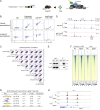
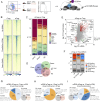




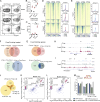

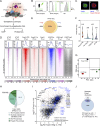
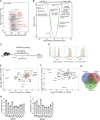


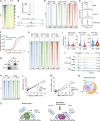
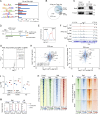
Comment in
-
FOXP3 snatches transcription factors depending on the context.J Exp Med. 2024 Sep 2;221(9):e20240940. doi: 10.1084/jem.20240940. Epub 2024 Jul 1. J Exp Med. 2024. PMID: 38949640 Free PMC article.
References
Publication types
MeSH terms
Substances
Associated data
Grants and funding
LinkOut - more resources
Full Text Sources
Molecular Biology Databases

